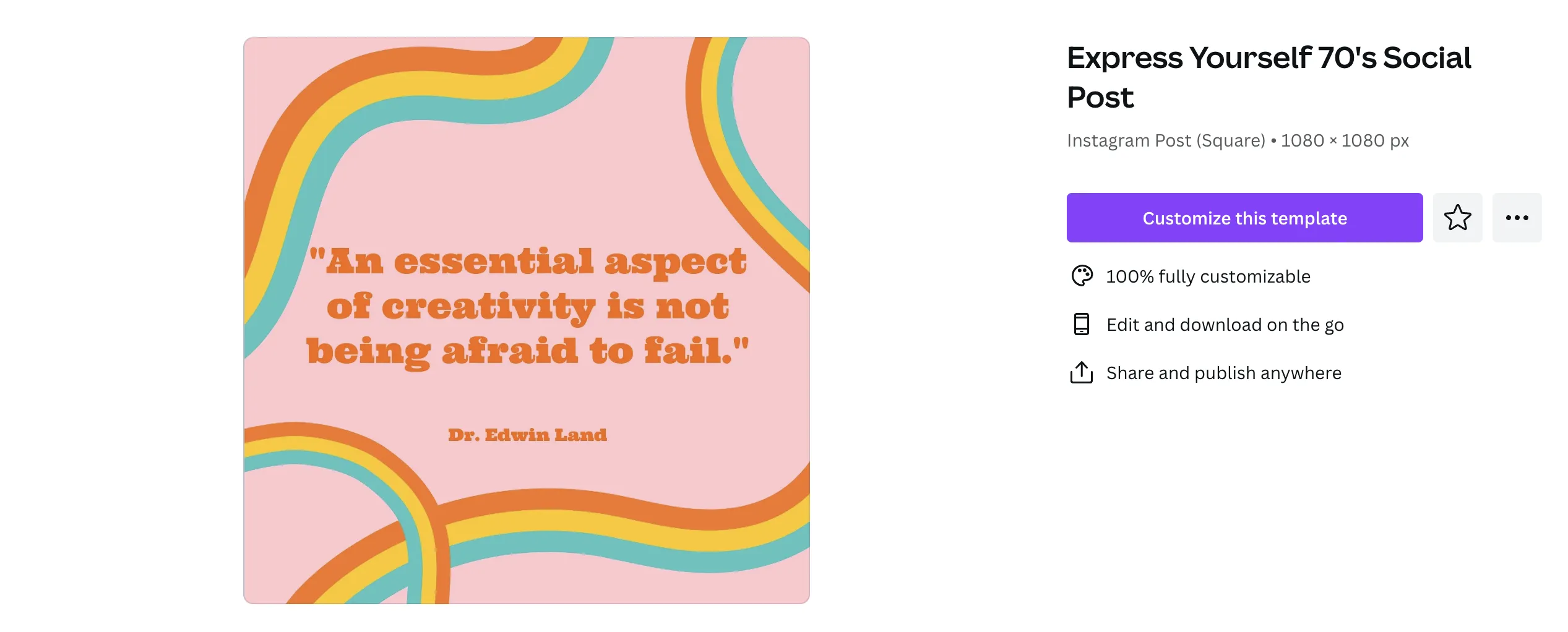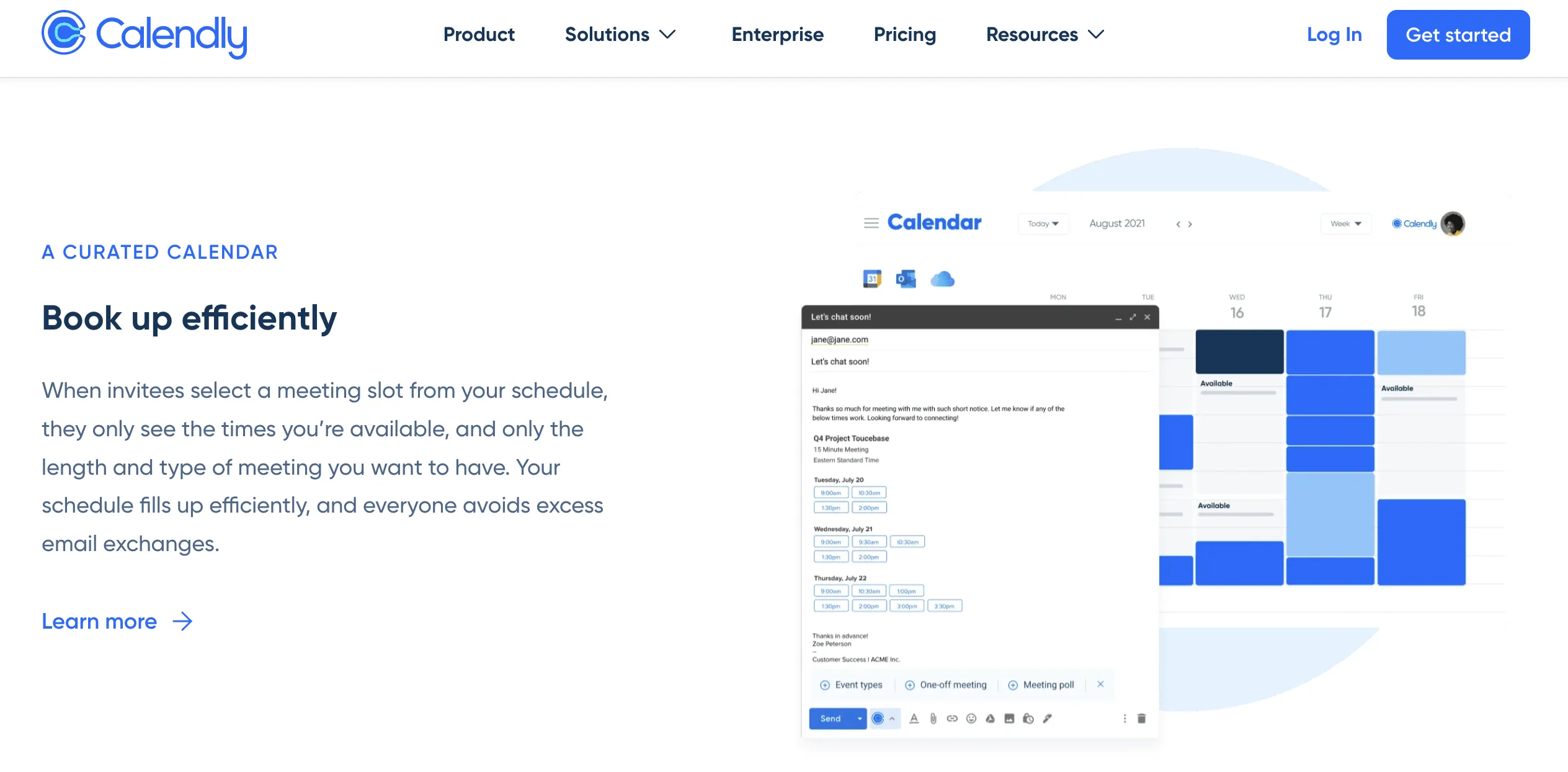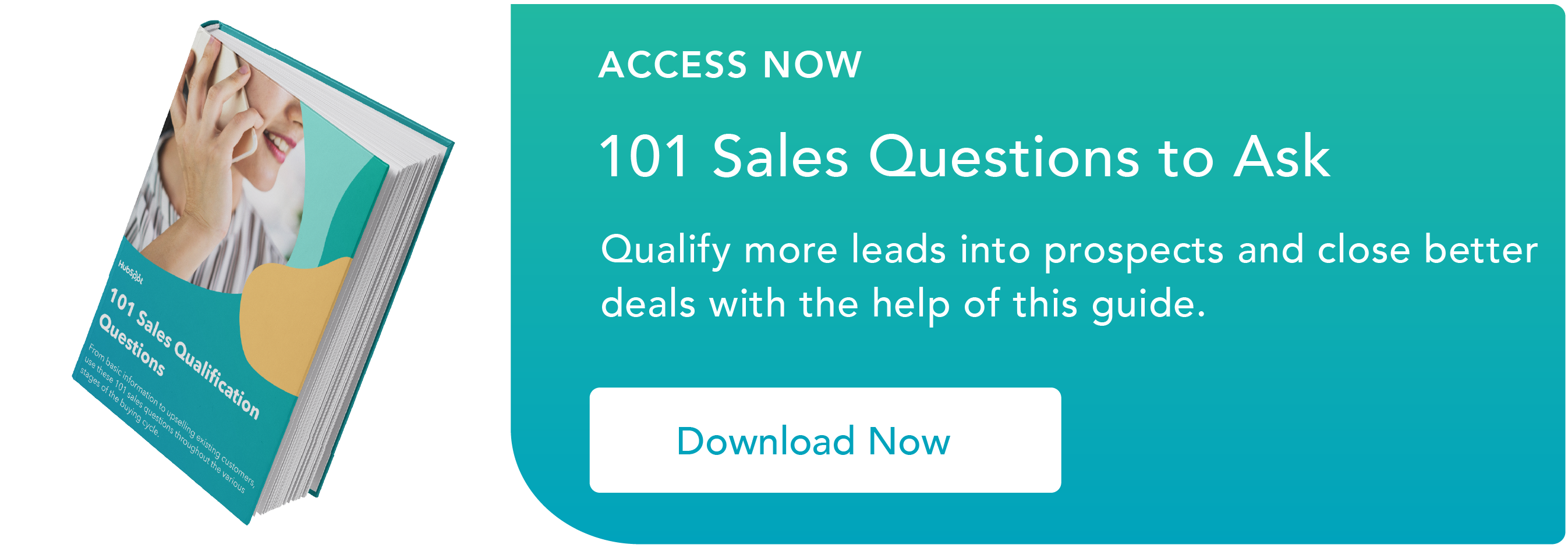Table of Contents
- What does value add mean?
- 6 Ways to Add Value to/for Your Customers
- 4 Value Add Examples by Companies
.webp)
What does value add mean?
As Jack points out, it’s easier to talk about “adding value” than explain it — and perhaps even do it. “Value” is abstract. It’s subjective. There’s no universal definition of “adding value” in the sales world. That said, we can all define it for ourselves.
Value is the information, insights, and actions you bring to your buyer that they can’t find on their own. Why do I like this definition? Not only is it simple, but if you’re not practicing this, your prospects will have no reason to talk to you.
Pro tip: Value-adding is at the heart of our inbound sales methodology. Take our free Inbound Sales Certification Course to learn how to attract, engage, and delight customers with personalized outreach that drives sales.
6 Ways to Add Value to Your Customers
Here are the ways I try to add value on a regular (i.e., weekly) basis.

1. Read about the industry and trends impacting buyers.
As a rep, I often asked myself if I could easily answer this question (without going to Google or my company’s homepage):
“What are the top three things my prospective customers are concerned about today, and what are the best companies doing to fix it?”
Being able to answer this question distinguished me from other salespeople. If I couldn’t answer it, I knew I wasn’t reading enough. To combat this, I subscribed to the best sales blogs, followed my customers’ blogs, set up Google alerts and RSS feeds, dedicated 20-30 minutes each day to LinkedIn, and listened to several podcasts.
With this information, my prospects felt confident to work with me because I took the time to read, listen, and educate myself on what they care about.
2. Try to experience the customers’ pain.
There are two general sales approaches — pain-based selling and opportunity-based selling. You’re either finding the nerve and pressing your thumb down on it, or you’re painting a picture filled with unicorns, rainbows, and treasure chests for your prospects.
In my own opinion, pain-based selling is far more effective than the alternative. But to know pain, you must experience pain.
I learned this quickly when I started at HubSpot. I had to build and launch my own website in the first 30 days on the job as if I were a marketer — the persona we were selling to. If I hadn’t had this experience, I would’ve been far less effective at selling to our prospective customers.
And the “pain” didn’t end there. To this day, I still write blog posts and maintain a website of my own. I do this partially because it’s beneficial to me, but I also do it to remind myself of how hard it is to be a marketer (which is one audience segment my company sells to).
3. Ask open-ended questions.
I was sitting in Mark Roberge’s Harvard Business School class (no, I’m not an HBS grad) not long ago when he recapped the current state of the sales environment. He pointed out that few sales reps understand the value of asking their prospects questions.
Sadly, many reps still practice “Alligator Selling” (big mouth, small ears). This is only reinforced by HubSpot research showing buyers still think most sellers are pushy.
Roberge first teaches his students that questions are a valuable way of selling. Then, he explains asking closed-ended questions (yes/no questions) is better than asking none.
But to understand what truly matters to your prospect, they must explain it to you in their own words — which brings up open-ended questions. These start with phrases like, “What’s your opinion on …”, “To what extent …”, “How do you think …”, “What led up to …”, etc.
These questions get prospects to open up to you, and it was the backbone of my entire sales strategy. Open-ended questions also matter because most people are resistant to what they hear but believe what they say. When you get them to say they need to change, there is no selling involved. They’ve sold themselves for you.
4. Be an expert on your company’s products and services.
Nothing replaces superior product knowledge. At the end of the day, knowing my company’s products or services better than anyone was a key factor in winning deals.
If your customer sees you repeatedly ask someone else questions or bring them in for product demos, they’ll wonder why they’re dealing with you versus these other, more knowledgeable people.
If, on the other hand, you demonstrate deep knowledge of your products and services, you’ll position yourself as a valuable resource now and after they’ve become a customer.
To build this muscle, I spent a lot of time tinkering with our software. I also participated in all of our beta releases and asked my engineering team to push those updates to my own employee portal so I could see how they worked before they were released to customers.
I subscribed to our company’s customer product blog so I would be alerted of any product changes as they came live. Finally, I spent a lot of time with sales engineers who knew the technical aspects of our product from top to bottom.
5. Prep for, research, and personalize every sales call.
When I became a sales manager, I showed my team members how I prepared for calls, and they looked at me like I had six heads.
I explained I took at least 30 minutes to prepare for every discovery call (call #1), 30-60 minutes preparing for a goal-setting call (call #3), another 60-90 minutes preparing for a demo (call #4), and another 30-60 minutes preparing for a closing call or pricing call.
Why did I spend between 2.5 and 4 hours prepping in total for each opportunity? Because information is power, and personalization is everything.
Carefully reviewing my notes from every call and looking for updates on my prospect’s company allowed me to make every single prospect feel like I’d built a solution just for them. And frankly, I did. To this day, I still attribute my success as a sales rep and a sales manager to this research and preparation.
6. Tell prospects they should NOT buy from your company (again and again and again).
One of the most bizarre things that happened to me when I started at HubSpot was getting congratulatory emails from our VP of Sales at the time, Pete Caputa, for having the most “closed lost opportunities” in a month.
What!? Isn’t sales supposed to be about bringing in as much revenue as possible for a business?
At the time, this practice made no sense to me. But the way he looked at it was two-fold. First, by doing this, I wasn’t spending my time with people who weren’t committed to changing their business. This made me more efficient and ultimately led to higher win rates, more accurate forecasts, and so on.
Second, and I would argue more importantly, this meant I would not sell to anyone with a pulse and a credit card.
While sales teams may be (strongly) encouraged to bring in as much revenue as possible, the quality of that revenue mattered to me and to my company.
If I signed a customer up who shouldn’t have ever become a customer, it would wreak havoc on so many parts of my book as a sales rep, but also on the broader business. Bad revenue creates unpredictable, unsustainable growth.
Even if your company doesn’t have mechanisms in place to prevent or penalize you for selling bad revenue (they should; mine does), I would encourage you to hold yourself to a higher standard. You’ll ultimately win more deals, increase your personal customer retention rate, and win referrals from great fits.
4 Value-Add Examples By Companies
Value-adding can happen at the individual level — from one salesperson to a prospect — or at an enterprise level — from a company to its customers. Below are four companies popular for adding value to prospects and clients.
HubSpot
Hubspot is a leading CRM platform that helps businesses streamline their sales, marketing, and customer service efforts. Our Founders Brian Halligan and Dharmesh Shah, created the Inbound sales and marketing methodology now popular in the business world.
This methodology is based on the notion that people don't want to be interrupted by marketers or badgered by salespeople — they want to be helped. The inbound approach involves attracting customers with content and providing value before pitching your product or services.
Since our founding in 2006, we've walked the talk by creating a massive library of free and regularly updated resources, including courses, ebooks, tools, certifications, blog posts, and templates, that help our target customers achieve their goals. This helped us grow from zero to 167,386+ paying customers as of December 31, 2022. Also, our 2022 revenue was $1.7 billion.
What we like: Our 100% free certifications are globally recognized by industry experts. Certified learners gain credibility besides the insights and specialized skills our training provides.
Canva

Canva is a graphic design tool that disrupted the design market formerly dominated by juggernauts like Adobe and Microsoft. In 2006, Canva Co-founder Melanie Perkins taught other students how to design using programs like Adobe Illustrator and Microsoft Designer.
However, she was frustrated by the unnecessary complexity of the design programs like Adobe Illustrator and Microsoft Designer.
Melanie dreamt of empowering everyday people to produce high-quality designs without having to master complicated design software. By 2013, Canva was born.
Besides its ease of use, another value-add that drove Canva's adoption is its massive template library. Canva offers over 250,000+ free templates that users can customize and publish. As of Q3 2023, the platform had over 135 million monthly active users from over 190 countries. Canva has been profitable since 2017 and was valued at $40 billion in 2023.
What we like: Almost all Canva's functionality is available in its free tier. Consequently, Canva has about 14 million paying customers.
Yet, unlike popular freemium services, the Canva platform has no ads. When asked how they monetize the free version of Canva, Melanie said their philosophy was to provide as much value as possible and ensure everyone has access to quality design regardless of their economic situation.
Shopify
Shopify is a comprehensive ecommerce platform that makes it easy for users to create an online store with no technical expertise. Not only does Shopify provide a website, but it also lets users manage inventory, receive payments, ship products, pull analytics, and do so much more.
Shopify Founders Tobias Lütke and Scott Lake originally set out to sell snowboards online. However, they were unsatisfied with the existing e-commerce solutions. Soon, they realized other entrepreneurs could use an affordable product that streamlines the process of creating and managing an e-commerce store.
Thus, Shopify emerged. In 2022, Shopify’s revenue was $5.6 billion and they had over $2 million merchants across 175 countries.
What we like: Shopify‘s value-add is built into its product strategy — it’s a complete, easy-to-use solution for entrepreneurs who want to sell online. Although founded almost two decades ago, Shopify remains the most preferred solution among e-commerce store owners. Its longevity proves its efficacy.
Calendly Image Source
Image Source
Calendly is a popular online meeting-scheduling tool that helps users streamline the process. Like Canva and Shopify, Calendly sprang into existence out of frustration.
Its founder, Tope Awotona, was trying to schedule a meeting in his days as an enterprise software salesperson, but it took too many back-and-forth emails. Tope decided to build a more efficient platform for scheduling meetings.
Before Calendly, scheduling meetings could take weeks. Now, it takes only a few clicks. By solving a real problem, Calendly achieved a $3 billion valuation in 2023.
Calendly also pushes the value-adding envelope by leveraging its knowledge and industry connections to provide education for users.
For instance, in August of 2023, the company launched Growth Week, a series of expert-led webinars aimed at helping sales, marketing, and customer success professionals win more deals, improve their sales cycle, and grow revenue. The trainers include founders, CEOs, VPs of billion-dollar businesses, and six of Calendly’s sales and marketing experts.
What we like: Calendly is primarily a scheduling tool. Yet, they provide training and resources on tangential business topics to help users achieve their business goals. Their devotion to helping users achieve their goals makes them a shining example of what adding value looks like.
Adding Value as a Salesperson or Marketer
It should go without saying, but I’ll say it anyway: simply existing doesn’t make you worthy of your role in sales or marketing. Making an impact is what makes you relevant. Think about the salespersons and marketers in these companies I shared; they work their butts off, and that’s why these companies are all unicorns.
I hope these examples help you rethink the way you sell. If you’re curious about the questions you can ask prospects to kick off conversations, read our post below.
Sales Strategy


.webp)
.webp) Image Source
Image Source
.png)

![7 key sales challenges to prepare for in 2026 [+ how you can overcome them]](https://53.fs1.hubspotusercontent-na1.net/hubfs/53/sales-challenges-1-20251023-788058.webp)
![How B2C sales could shift in a recession [new data]](https://53.fs1.hubspotusercontent-na1.net/hubfs/53/Recession%20sales%20strategies%20(1).png)
![22 Best Sales Strategies, Plans, & Initiatives for Success [Templates]](https://53.fs1.hubspotusercontent-na1.net/hubfs/53/Best-Sales-Strategies-1.png)
![What Is Sales? A Quick Guide [+ Examples]](https://53.fs1.hubspotusercontent-na1.net/hubfs/53/what-is-sales-1-20250411-8755735.webp)

![What Is Cross-Selling? Intro, Steps, and Pro Tips [+Data]](https://53.fs1.hubspotusercontent-na1.net/hubfs/53/ft-cross-selling.webp)

